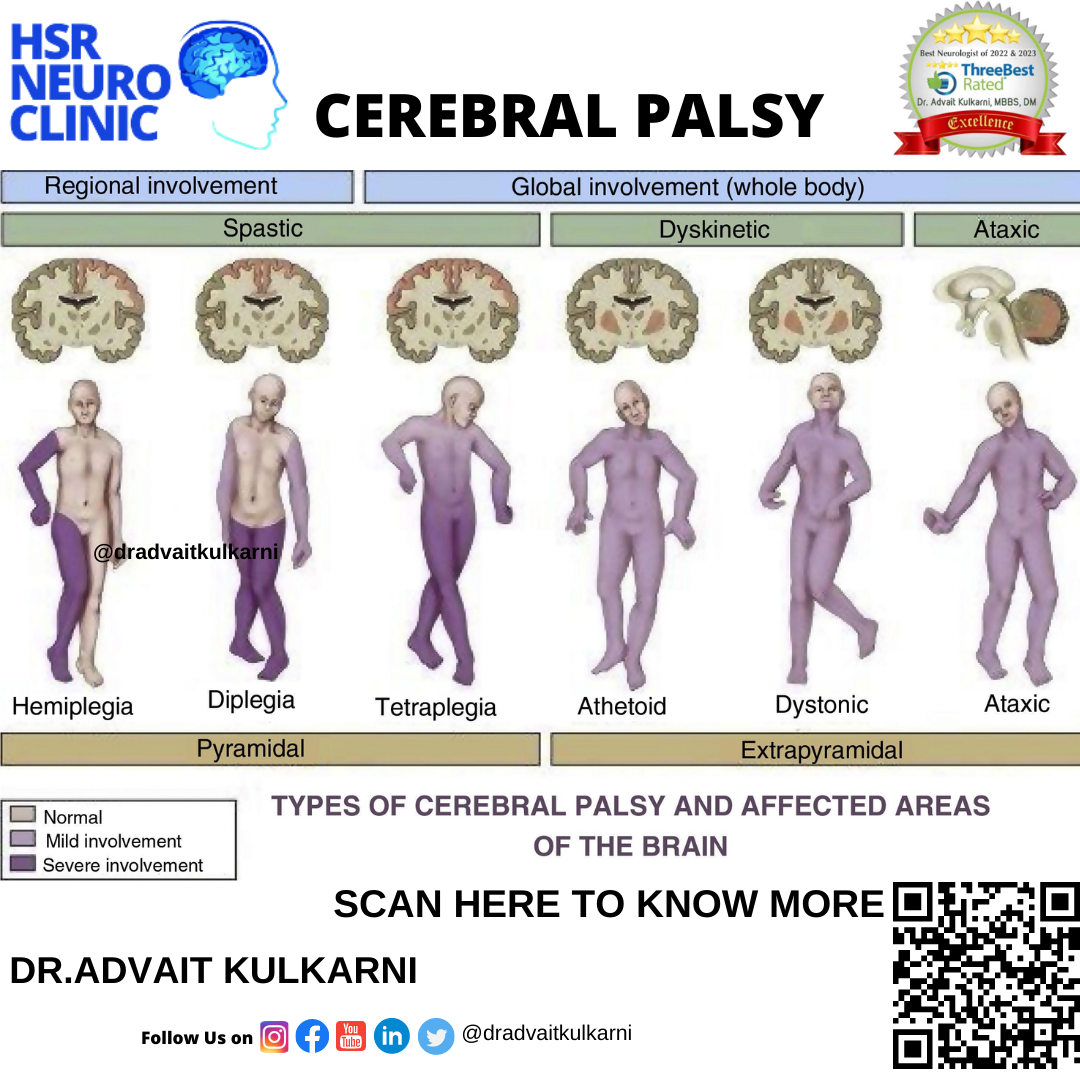+918048034088

This is your website preview.
Currently it only shows your basic business info. Start adding relevant business details such as description, images and products or services to gain your customers attention by using Boost 360 android app / iOS App / web portal.
Diagnosis Signs and symptoms of cerebral palsy can...

Diagnosis Signs and symptoms of cerebral palsy can become more apparent over time, so a diagnosis might not be made until a few months to a year after birth. In some cases where the signs and symptoms are mild, diagnosis may be delayed longer. Your doctor might also order a series of tests to make a diagnosis and rule out other possible causes. Brain scans Brain-imaging technologies can reveal areas of damage or abnormal development in the brain. These tests might include the following: • MRI. An MRI uses radio waves and a magnetic field to produce detailed 3D or cross-sectional images of the brain. An MRI can often identify lesions or abnormalities in your child's brain. • Cranial ultrasound. This can be performed during infancy. A cranial ultrasound uses high-frequency sound waves to produce images of the brain. Electroencephalogram (EEG) If your child is suspected of having seizures, an EEG can evaluate the condition further. Seizures can develop in a child with epilepsy. In an EEG test, a series of electrodes are attached to your child's scalp. The EEG records the electrical activity of your child's brain. It's common for there to be changes in normal brain wave patterns in epilepsy. Laboratory tests Tests of the blood, urine or skin might be used to screen for genetic or metabolic problems.

